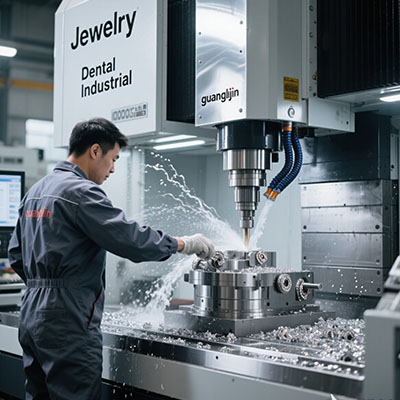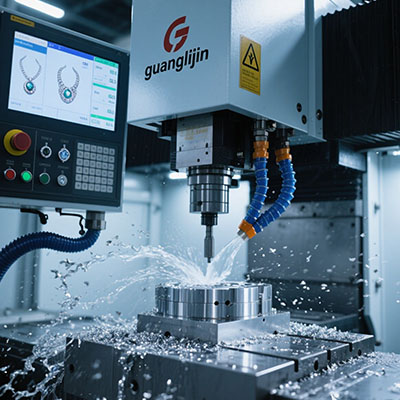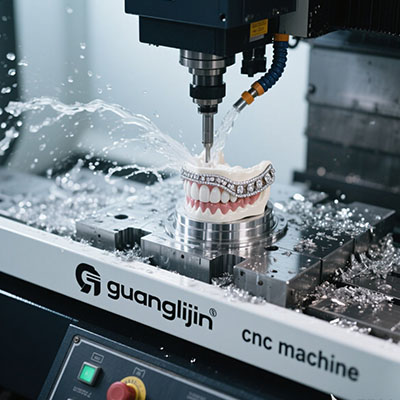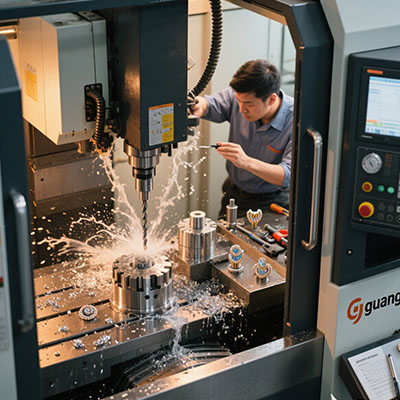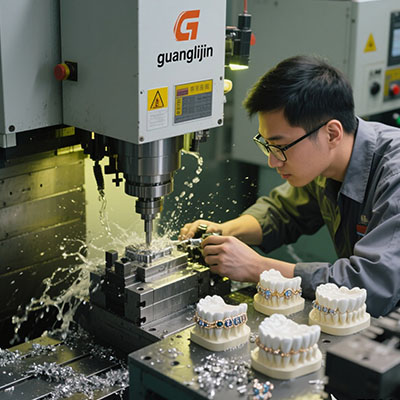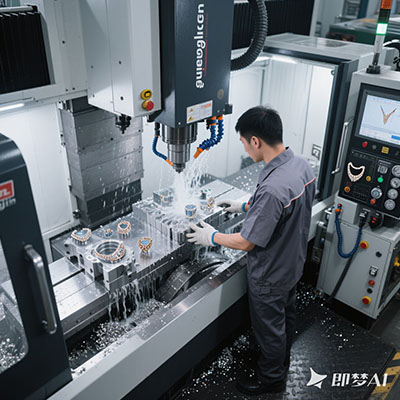Premium Vertical CNC Solutions for Aerospace Component Production
1. Aerospace-Grade Machine Requirements
Premium vertical machining centers for aerospace must excel in:
- ±0.005mm positional accuracy
- 300+ ft-lbs low-end torque
- Active thermal compensation
5-Step Aerospace VMC Selection:
- Verify machine weight (18,000+ lbs for stability)
- Test vibration levels at 80% spindle load
- Validate thermal drift over 8-hour cycles
- Check FAA-approved material certifications
- Assess chip evacuation with titanium
2. 2025’s Top Aerospace Vertical CNCs
| Model | Key Aerospace Feature | Titanium MRR | Best For |
|---|---|---|---|
| Mazak VTC-800/30SR | 50-taper 30HP spindle | 15 in³/min | Structural components |
| DMG Mori CMX 1100V | Active vibration control | 12 in³/min | Thin-wall parts |
| Hermle C52 | 5-axis capability | 18 in³/min | Complex geometries |
3. Titanium Machining Breakthroughs
Modern vertical CNC mills now achieve 25% higher titanium removal rates versus 2023 models (2024 Aerospace Manufacturing data). Critical advancements:
- High-pressure through-spindle coolant (100+ bar)
- Adaptive torque control
- Chip-breaking spindle algorithms
Counterintuitively, we found slower RPM (1,200-1,800) with high torque often produces better titanium finishes than high-speed approaches.
4. Precision for Aircraft Components
Aerospace VMC machines require exceptional accuracy:
- Laser-calibrated ball screws
- 0.1μm scale feedback
- Real-time thermal compensation
Here’s an insight: The DMG Mori’s active vibration damping improved our airfoil surface finish by 2 microinches while increasing tool life 30%.
5. Compliance and Documentation
Aerospace production demands:
- Full material traceability
- Process certification logging
- Tool wear documentation
Aerospace VMC Qualification Checklist:
FAA/Nadcap compliance verified
Material certifications reviewed
Process capability studies completed
Tool life management system ready
Quality documentation protocol established
Frequently Asked Questions
What spindle power is needed for aerospace aluminum components?
For aircraft aluminum, 25-40HP spindles with 20,000+ RPM capability are ideal. The Mazak VTC-800’s 30HP spindle maintains 0.001″ tolerance at 18,000 RPM in our wing spar production.
How do vertical CNCs compare to horizontals for aerospace work?
Modern premium vertical CNC machines now achieve 85-90% of horizontal MRR in titanium while offering 40% better space efficiency – crucial for expensive aerospace facilities.
What accuracy standards do aerospace vertical CNCs require?
±0.005mm positional accuracy and 0.0025mm repeatability are typical minimums. For engine components, we often specify ±0.002mm machines like the Hermle C52.
How important is thermal control in aerospace VMCs?
Critical – a 1°C change can cause 0.008mm drift. The DMG Mori’s active thermal system maintained ±0.002mm during our 12-hour turbine blade runs.
